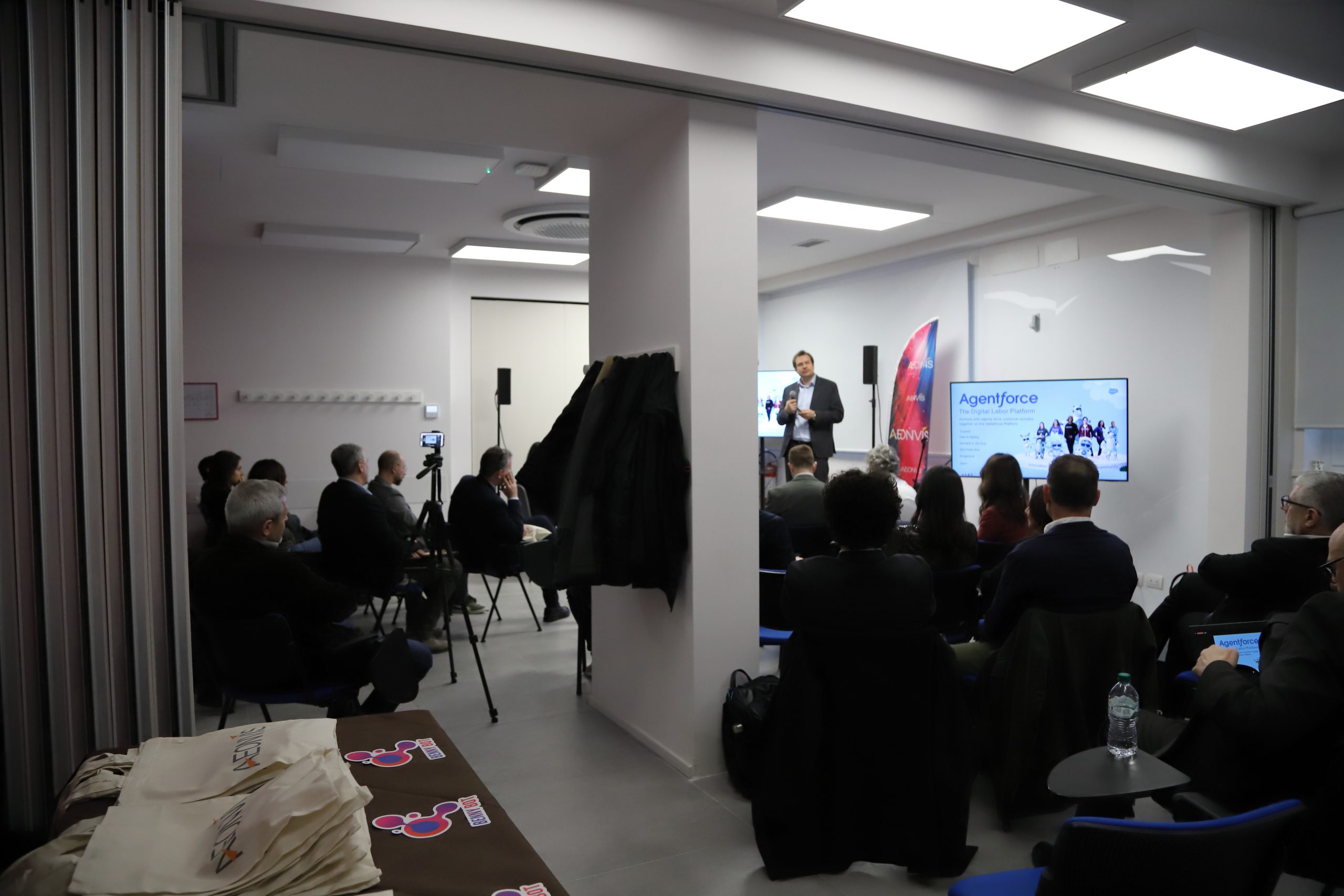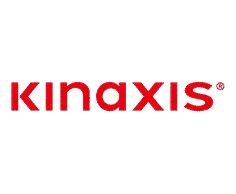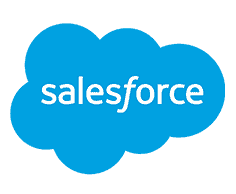The customer journey, that is, the path the user takes before reaching a conversion, is undoubtedly one of the most important topics to analyze when it comes to evaluating the results of any web marketing campaign. However, this journey doesn’t always follow a set path; instead, it is often non-linear, as today’s users interact with multiple channels (cross-channel) and use various devices (cross-device). To understand the customer journey at every stage, you must start by integrating CRM and marketing automation, then identify the touchpoints where the experience occurs. This is followed by monitoring feedback and gathering insights from sales staff. The end of third-party cookies marks yet another technological and process innovation. Now, it’s time to focus on the strong connection between the customer journey and data.
Customer journey and Data: scenario
 Let’s start with the premise that conversions are never the result of a single cause but rather the outcome of a sequence of events and channels. The use of a highly precise tool like a CRM is undoubtedly enlightening, as it can evaluate every single activity of a potential customer, creating a detailed profile that allows businesses to reach the right person at the right time. It provides a 360° view of sales and communication processes, covering all the touchpoints in the customer journey. We’ve discussed this topic many times before and will continue to delve deeper into it.
Let’s start with the premise that conversions are never the result of a single cause but rather the outcome of a sequence of events and channels. The use of a highly precise tool like a CRM is undoubtedly enlightening, as it can evaluate every single activity of a potential customer, creating a detailed profile that allows businesses to reach the right person at the right time. It provides a 360° view of sales and communication processes, covering all the touchpoints in the customer journey. We’ve discussed this topic many times before and will continue to delve deeper into it.
In this era of revolutionary change, where digital technology has torn down physical barriers, the compass has shifted to the user and their judgment. This marks a customer-centric revolution. Today, what matters is not just the purchase itself but also the experience it brings and the connection to the brand. It’s essential to monitor customer behavior to ensure ultimate satisfaction, fostering not only a positive image but also action.
This is where a key tool comes into play: the only one capable of identifying behavioral clusters. Currently, the most effective method for mapping, understanding, and tracking all the touchpoints a customer might engage with when interacting with a company lies in analyzing the customer journey.
Customer Journey: people at the center of the stage
We have already defined what a customer journey is, but the aim here is to delve deeper into the internal dynamics that govern it. The customer journey is not a linear path, nor does it represent a 100% real experience with all its nuances—it is an abstraction. The main players are and remain the people, specifically a defined customer segment characterized by traits that are of particular interest to the company.
A systematic integration of CRM software and marketing automation is necessary to gather preliminary targeting information, identify where positive experiences occur, monitor negative touchpoints, and determine where improvements are needed. Complementary to this integration with automation tools are feedback sources, such as site reviews, comments, and blog mentions. Armed with this data, you can create a knowledge map of the customer and outline the stages of the customer journey as a path toward the primary goal.
This goal is not just the purchase but something much deeper and more enduring: the experience that leads to a happy return to the brand and, over time, an almost inevitable sense of belonging. A map that helps define KPIs and success objectives, akin to a highway journey at steady speed, free from any mishaps along the way.
Customer Journey and data: the decision-making funnel
The stages of the Customer Journey and its decision-making funnel can be defined as five. Their primary goal is to guide the user toward greater satisfaction and engagement.
- Discovery Phase: potential customers are searching for a solution to a problem, an answer to a question, or any type of product or service the company offers, motivating them to learn more about your product or service.
- Awareness Phase: the customer becomes aware that your company represents a potential solution to their problem or meets their need.
- Familiarization/Evaluation Phase: the customer narrows down the number of brands initially discovered and familiarizes themselves with or evaluates the different brands to decide which one might be the best fit for their problem or need. In this phase, the process should not be overly complicated but rather informative about the benefits they can gain from the product/service features, reinforcing their desires and needs.
- Purchase Phase: the customer has made their decision but still needs to take the necessary steps to complete the purchase. It is important to pay close attention to the language and the phrasing of messages, ensuring consistency in communication.
- Loyalty Phase: this is the most delicate stage, as it involves convincing the customer after the sale to not only become a loyal customer but, over time, a Brand Advocate.
Upstream of this important choice for the customer lies a detailed and strategic preliminary analysis, which helps to understand how the consumer approached that particular product/service and chose it. So, in light of building a good customer journey, what would be important to do and… monitor?
Mapping the customer journey starting from data

Linear and traditional models of customer journey analysis have been challenged today by the so-called omnichannel approach. And what about data? In this scenario, where companies and consumers share an increasing number of touchpoints, data takes on a prominent role. Discussing data integration is essential to thoroughly analyze all the online and offline paths users take, defining a new way of experiencing the user journey. But how can companies collect data and make the best use of it while adhering to current regulations?
Every company has the ability to collect data. However, what proves particularly challenging is how this data can be utilized to enhance business activities, improve performance, and strengthen the relationship with the consumer.
First-party, second-party, and third-party data
Data emerges, revealing how consumers engage with a particular brand. Each piece of data tells a different story—one that encompasses intentions and decisions shaped by culture and personal habits, the very habits that today are analyzed through extracted data. Specifically, the types of data that companies can collect to create a unified view of the customer and assist in tracking their customer journey include:
First-party data: Owned by the company, this includes information on user navigation (search intent) and behavior.
Second-party data: Acquired from supply chain partners, this data belongs to a third party that shares it with the company under a collaboration agreement.
Third-party data: Purchased from external data providers, these primarily consist of socio-demographic, geolocation, or geo-behavioral data.
Customer Journey and Data: privacy law

In the scenario just described, the regulatory aspect plays a crucial role. Specifically, the GDPR (General Data Protection Regulation – EU Regulation 2016/679), effective since May 25, 2018, is a regulation directly applicable across the European Union without requiring national transposition laws. It came into effect on May 25, 2016, and became fully enforceable on May 25, 2018.
This regulation aims to ensure the free movement of personal data while strengthening the protection of the rights and freedoms of citizens and residents within the European Union, both within and beyond its borders. This has become a highly significant issue in recent years, with the entire digital marketing sector striving to adapt to it.
Conclusion
Until some time ago, when discussing data, the scenario was far from being one of the most “humanized.” Today, however, the customer journey and data form a truly winning combination—a journey marked by the story that places them center stage. A crescendo of “digital” experiences emerges as a true transposition of reality, no less emotional, engaging, and exciting than what potential customers encounter in their daily lives. This is what digital aims to achieve, and this is the direction its activities should pursue. We will continue to explore and share this world with you, keeping you updated on its evolutions. See you next time!
FAQ
1. Why is the relationship between the customer journey and data so close?
Today, every new online shopper seeks an experience that can gradually lead to brand loyalty. To make this happen, it is essential to monitor the behavior users exhibit before making a purchase (customer journey) to ensure their ultimate satisfaction.
2. In cosa il CRM e la marketing automation si rivelano strumenti utili nella strutturazione di una buona customer journey?
For a well-structured customer journey, CRM and marketing automation are highly effective tools capable of identifying behavioral segments and tracking all the touchpoints a customer might have with the company.
3. In cosa nel concreto i dati possono essere di grande aiuto nel viaggio che l’utente compie verso l’acquisto?
The data collected by companies is a valuable source of information for constructing a customer profile, providing precise and timely assistance in tracking their activities. The analysis of search intent, supported by meticulous tools like CRM and marketing automation, allows companies to offer the right thing to the right person at the right time. This approach delights the customer, who will be more inclined to choose the brand over competitors in the future.










